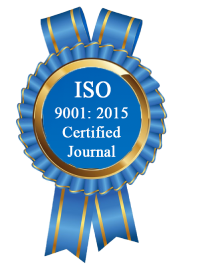| All | Since 2020 | |
| Citation | 172 | 110 |
| h-index | 7 | 5 |
| i10-index | 1 | 0 |
WJERT Citation 
Login
News & Updation
Abstract
EFFECT OF SALINITY ON BALI CATTLE IN EAST TIMOR
Yuliaty*, Correia B.A, Noronha A.M.D.C.G. and Amaral C.
ABSTRACT
The objective of this study was to determine the salinity level toleration of Bali cattle in East Timor, using the live-weight response method. The ad libitum water intakes of cattle eating Leucaena forage, coffee skin and rice straw were also measured. The research was undertaken in Dili, East Timor from 9th September to 3rd November 2019. There were three experimental periods, and each period included a 1-week adjustment period. There were 1-week rest periods between periods 2 and 3. Ten Bali cattle (Bos javanicus) bulls were used in this experiment. The bulls were between one and a half and two years of age, and weighed 202 ? 18.52 kg (mean ? sd, range from149 to 235 kg). The ration used in this experiment was a mixture of fermented coffee skins, rice straw and Leucaena leaf ? DM basis, Protein ration was 14% and digestible energy was 50% (or 7.5 MJ ME/kg DM). Salt levels were offered: 1000, 3500, 6000 and 8500 mg/L. The feed consumption of Bali cattle offered vary level of salinity was range from 11.58 to 12.57 kg/d DM. All treatments have changed live-weight positively (average 0.56) ranged from 0.23 to 0.76 kg/d, the drinking water was ranged from 19.25 to 25.73 L/d. The average of TDS intake was 6. 038,99 ppm. Conclusion: Bali cattle can tolerate salinity to 8500 in East Timor.
[Full Text Article] [Download Certificate]
